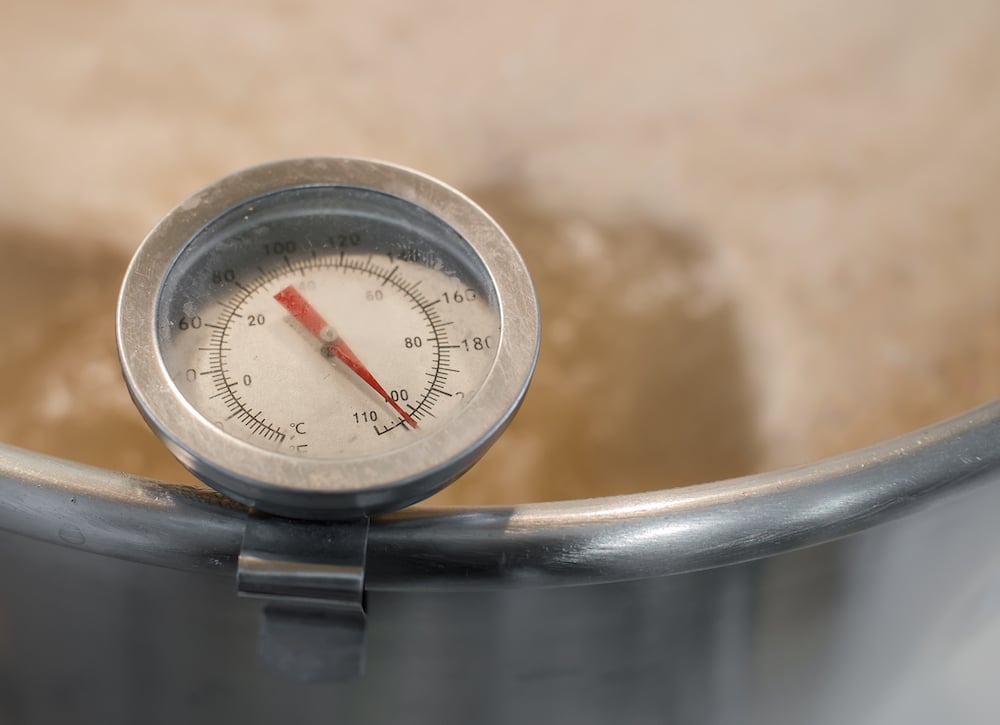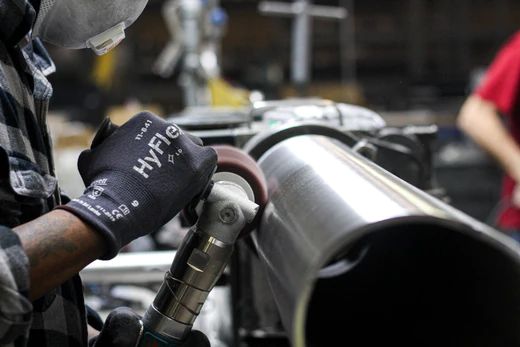High Shear Mixing with Rotor Stators
Rotor stators are the go-to for high shear mixing in a variety of industries. They don’t simply mix your ingredients, they emulsify, suspend,...

Whether used for food manufacturing or for agricultural purposes, stainless steel is the preferred metal for nearly all mixing industries. This is due to the steels ability to remain durable over decades of use, the unique neutrality to most chemical, organoleptic and bacteriological substances. It is also preferred because it’s easy to clean and keep sanitized. The food and beverage industry rely heavily on stainless steel, typically highly polished, to ensure a sanitary mixing environment.
These industries choose to use stainless steel mixers and tanks due to the steel’s smooth surface, strong withstanding to industrial conditions, its neutrality and its easy to clean and disinfect nature. In fact, in the dairy industry stainless steel is used primarily due to its ability to be non-reactive to the lactic acids which form during the milk fermentation process.
For breweries using stainless steel tanks, they often use a combination of three cleaning agents to ensure sanitary conditions. First, many commercial brewers recommend Caustic (sodium hydroxide.) This alkaline agent cleans and removes organics from the tank and mixer surfaces but if left on too long it can cause damage. To prevent damage, the second cleaning agents of Muriatic acid and Phosphoric acid are used. They are used to remove calcium and neutralize any after effects of using the Caustic solution. Lastly, to improve the sanitary surface finish, brewers use nitric acid to clean equipment.
Cleaning and the sterilization of mixing tanks in the dairy industry require eradication of all contamination that may stick to the surface of the stainless steel. To do this the surfaces must be disinfected with an in depth cleaning process. The tanks can be no higher than the reach of a typical person’s hand, making sure that all surfaces can be cleaned and reached. Some tanks come with sanitizing spray nozzles but occasionally the interior needs to be hand cleaned.
Some stainless steel items in the food industry cannot be cleaned in the same manner of tanks or removable parts. In the case of mixers or slicers, all of the removable parts must be removed and sanitized. The remaining (fixed) parts need to be cleaned with hot water and a detergent and then rinsed, air-dried and covered/sprayed with a sterile solution. Mixing shafts and impellers can be welded and polished to eliminate pits and pockets where bacteria can grow, or can be coated with a non-stick coating (like Teflon) to assist in the cleaning process.
Stainless steel is one of the most sanitary metals in the tank/ mixer market and by taking a page out of dairy and beer manufacturers’ books; you too can ensure the sanitary conditions of your stainless steel mixers and tanks.

Rotor stators are the go-to for high shear mixing in a variety of industries. They don’t simply mix your ingredients, they emulsify, suspend,...

Stainless steel finishes are more than how shiny or dull the stainless steel appears to be. Having the appropriate finish for your application will...